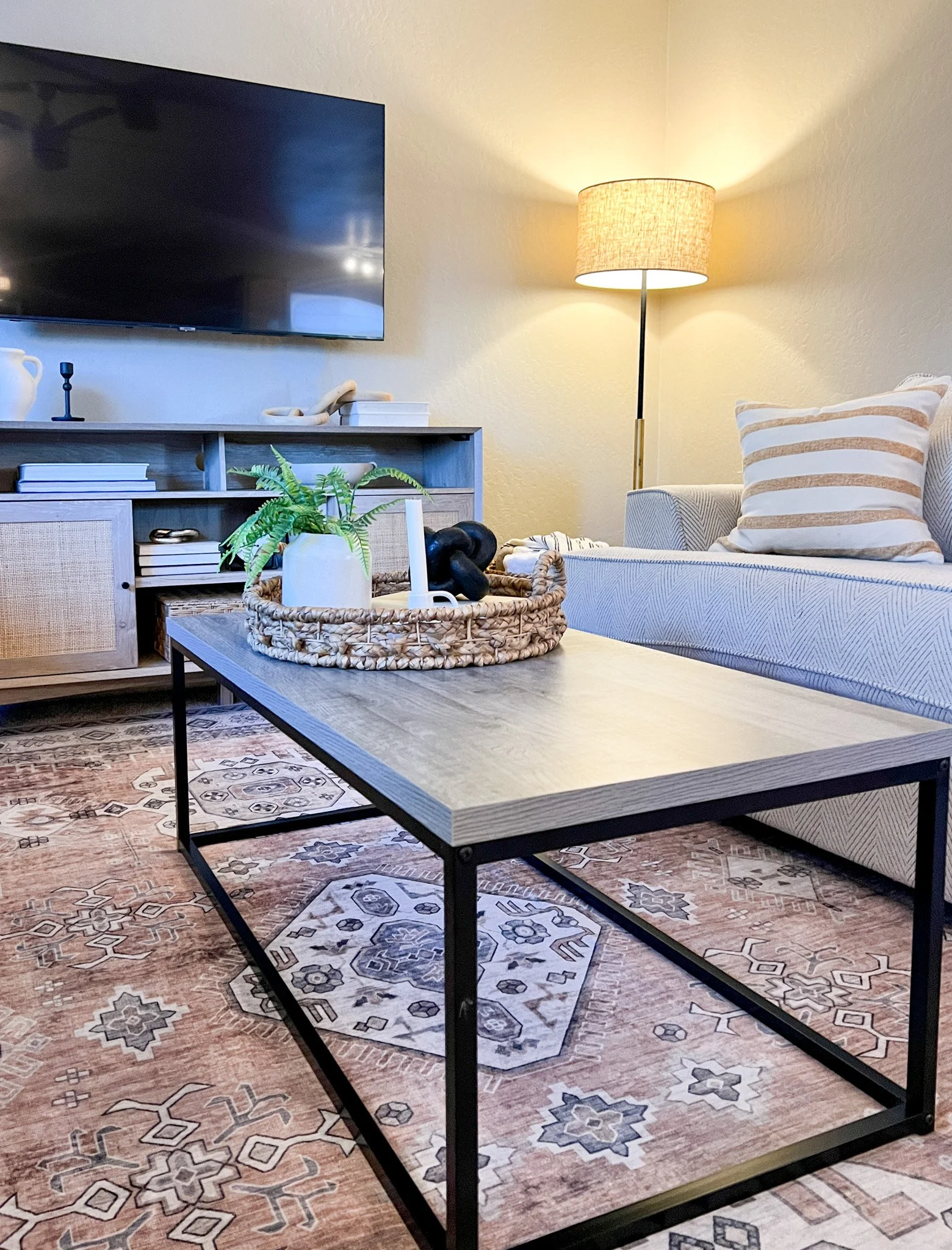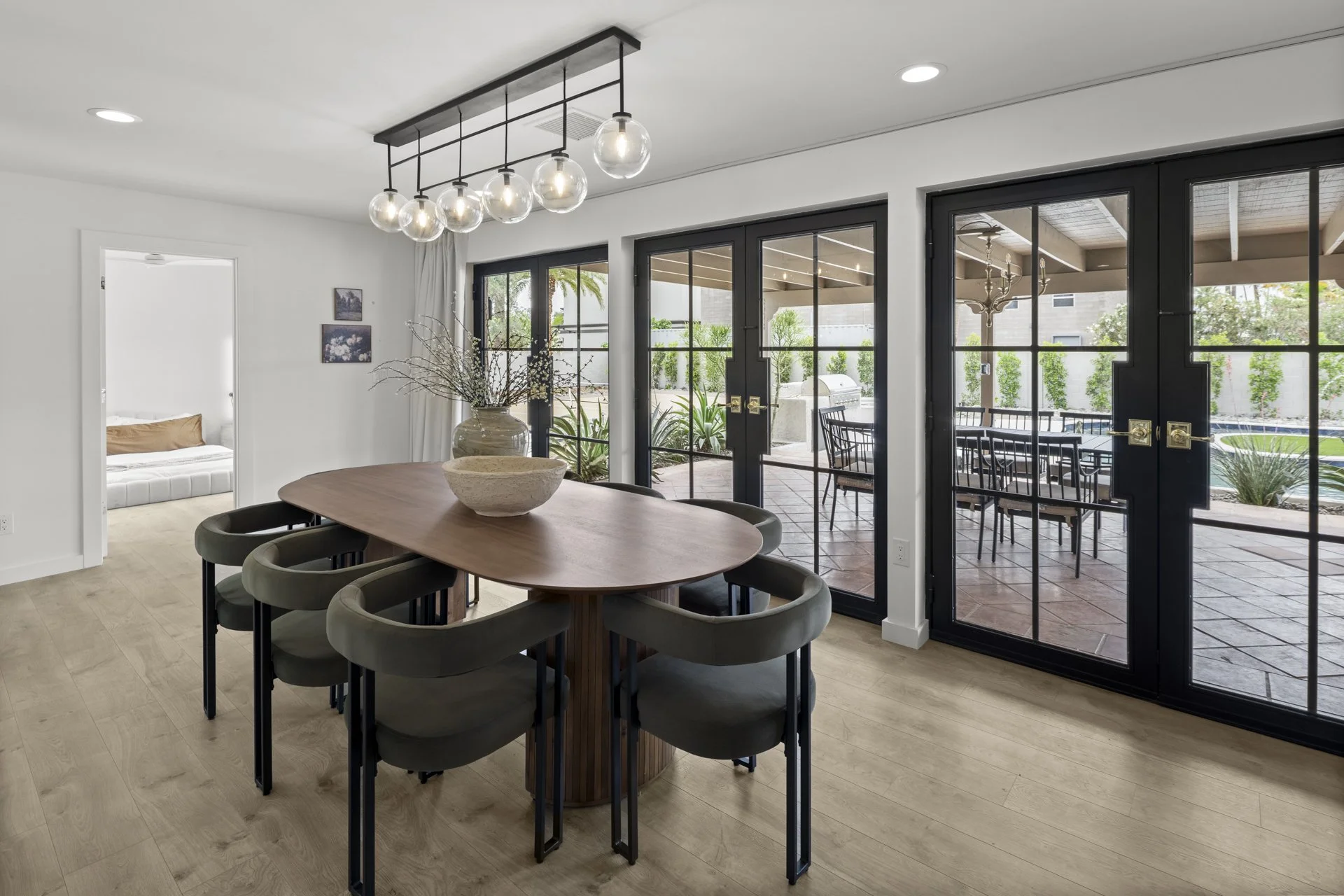How to Use the Layered Lighting Technique Just Like an Interior Designer
“I was named an expert on Redfin: How to Use Layered Lighting Just Like an Interior Designer
Redfin is inclusive of Rent.com and Apartmentguide.com”
We use lighting every day, but the right lighting choices can instantly elevate a room from average to extraordinary. Whether you're styling a Los Angeles rental, decorating a Seattle home, or enhancing a New York apartment, there's one interior design trick every pro uses: layered lighting.
What Is Layered Lighting
Layered lighting combines three types of light to make a space feel inviting, functional, and visually dynamic. As Anayeli Carrillo from Dkor Interiors in Miami explains, “Layered lighting uses ambient, task, and accent light sources to create depth, dimension, and flexibility in a room.” Instead of relying solely on one overhead fixture, this approach allows you to customize lighting for mood, activity, and aesthetics. Here’s how each lighting type contributes to a well-balanced room:
Three types of lighting (ambient, task, accent)
Ambient (General) Lighting-
Ceiling lights or recessed fixtures that illuminate the entire room.
Task Lighting-
Focused lights like desk lamps or under-cabinet strips for reading, cooking, or working.
Accent Lighting-
Decorative sources such as sconces or LED strips that highlight artwork, architecture, or textures
Carrillo adds, “Decorative lighting is that final touch—it adds personality and style. Even without overhead fixtures, a mix of floor and table lamps can make the space feel complete.”
Why Interior Designers Prioritize Layered Lighting
Interior experts know lighting does more than brighten a room—it influences mood, focus, and comfort.
Nohea Sentenac of Sentenac House Interiors points out,
“Overhead lights disrupt circadian rhythms. Layered lighting helps your brain recognize when it’s time to wind down.”
Jorgelina Lopez at La Loupe Design emphasizes three critical elements:
Color temperature (warm vs. cool)
Texture (diffuse vs. directional)
Intensity (bright vs. soft)
For a cozy vibe, stick with warm tones between 2700K–3000K, use soft lampshades, and vary the height and placement of light sources.
Practical Design Tips to Master Layered Lighting
Use diffused light:
Choose shades that soften and spread light, like linen or frosted glass
Focus on warmth:
Amber bulbs, string lights, and dimmable sconces create inviting vibes
Highlight room corners:
Position lamps on side tables or low furniture to balance the room
Add personality:
Select one standout fixture (like a sculptural lamp) as a focal point
Room-by-Room Lighting Ideas
Bedroom: Soft wall sconces + table lamps = restful ambiance.
Kids’ Room:Whimsical shapes, cordless nightlights, and adjustable brightness keep it fun and functional.
Living Room: Combine floor lamps, table lights, and wall-mounted options for a cozy, layered glow.
Dining Room: Decorative pendants over the table + uplights for depth = a stylish, welcoming space.
Kitchen:
Pendant lights + undercabinet LEDs provide task lighting and post-dinner ambiance.
Real-Life Designer Lighting Ideas
Sierra Walters from The Cozy Home suggests torchiere-style floor lamps to bounce light off the ceiling and open up the room. “Add a task lamp to a bookshelf, spotlight your favorite art, or even use a cordless mini lamp in the kitchen—it’s all about creativity and flexibility,” she says.
Final Thought: Lighting That Tells a Story
Layered lighting isn't just about brightness—it's about storytelling. Through careful combinations of light types, warmth, placement, and personality, you can make any space feel intentional, stylish, and lived-in—no pro required.
Questions?
We’re an open book! Schedule a call or fill out the inquiry form below if you’re ready to start.
If you’re not ready, save this blog post for when you are!







